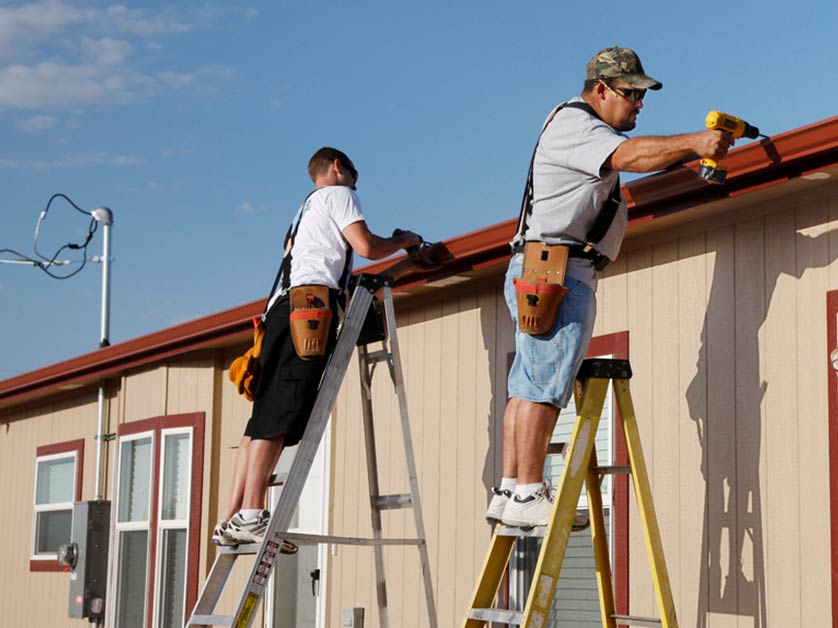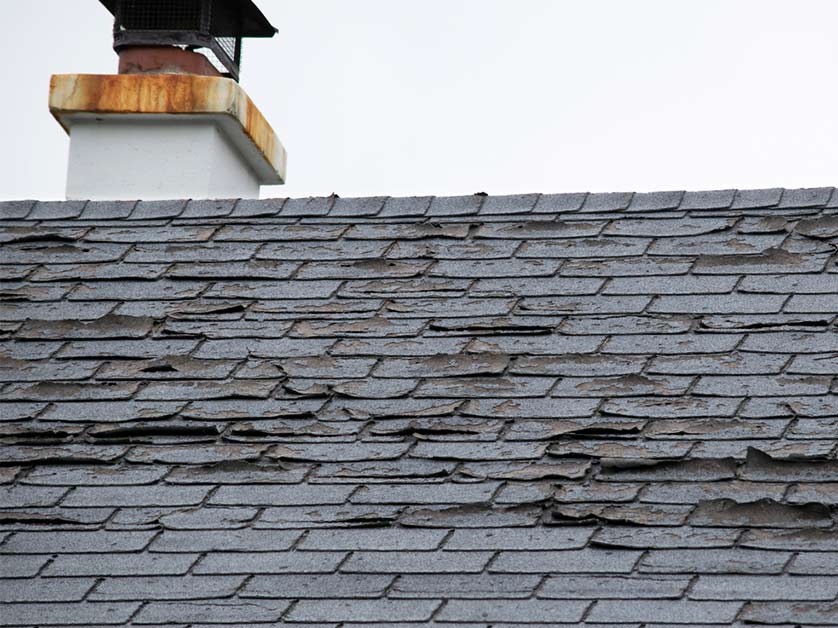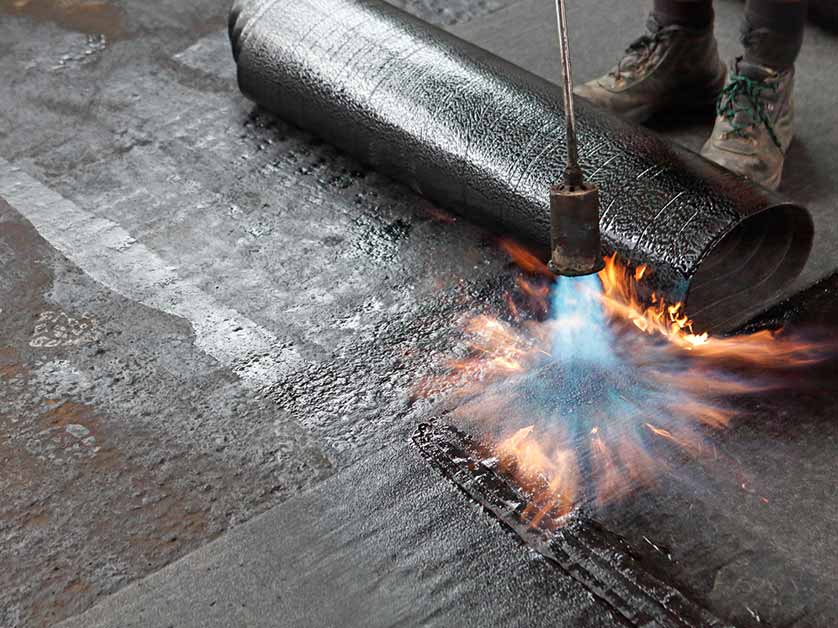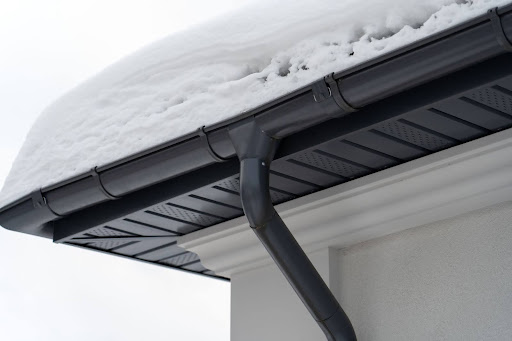Impeccable roofing is crucial for the safety and longevity of your home. However, a frequently overlooked aspect of roofing integrity is proper ventilation. In Arnold, MO and surrounding areas, the implications of neglecting roof ventilation can be severe, both for the structure of your home and the well-being of its occupants. This post dives into the consequences of inadequate roof ventilation and outlines practical solutions to rectify this issue, ensuring your home remains safe, comfortable, and durable.

Water Damage and Health Risks
One of the first casualties of poor roof ventilation is the integrity of your home’s structure, primarily through water damage. Differential temperatures inside versus outside your home can lead to condensation, which, over time, rots wood elements of your roof. This moist environment becomes a breeding ground for mold and mildew, posing significant health risks and potentially damaging furniture and other belongings.
Ice Dams during Arnold’s Winters
Arnold, MO experiences its fair share of cold weather, making homes susceptible to ice dams if roof ventilation is not adequately managed. Ice dams can compromise shingles, insulation, and even the internal structure of your home, leading to costly repairs and potential damage to personal property.
Thermal Shock in Summer Months
Conversely, the summer heat in Arnold can induce thermal shock in your roofing materials, particularly shingles. This phenomenon results from intense heat causing materials to expand and contract, leading to cracks, breaks, and a significantly reduced lifespan for your roof.
The Hidden Threat of Rust and Pests
Moisture accumulation doesn’t just affect wooden components of your roof; metallic parts are also at risk. Rust from moisture can weaken these elements, compromising the roof’s structural integrity. Furthermore, softened or rotted wood can invite pests such as termites and rodents, creating another layer of potential damage to your home.
Solutions for Proper Roof Ventilation
Fixing ventilation problems begins with a thorough assessment by a seasoned roofing contractor. A mix of ventilation components, including ridge vents, attic fans, soffit vents, gable vents, and louvered vents, may be recommended based on your home’s specific design. Proper installation and adherence to ventilation codes by roofing materials manufacturers are critical in ensuring adequate ventilation.
Trust Shelby Roofing & Exteriors with Your Roof
Shelby Roofing & Exteriors is equipped with the knowledge, experience, and tools necessary to assess and rectify any ventilation issues your roof may have. Whether it’s installing the right vents or repairing damage caused by previous ventilation problems, our team is ready to help.
Ready to Improve Your Home’s Roof Ventilation?
Improving your home starts with taking care of its most protective barrier: the roof. Ignoring ventilation can lead to serious issues down the line, but Shelby Roofing & Exteriors is here to ensure that doesn’t happen. Don’t wait until minor issues become major problems. Call us today at 636-942-2300 or fill out our online form to schedule a visit. Our team of experts in Arnold, MO will provide you with the solutions you need to keep your roof in top condition, ensuring the safety and longevity of your home.















